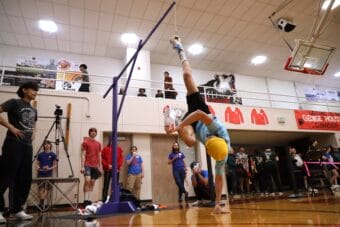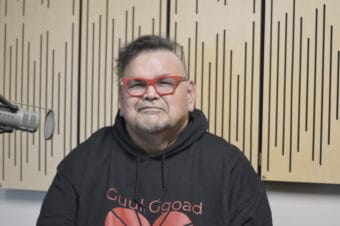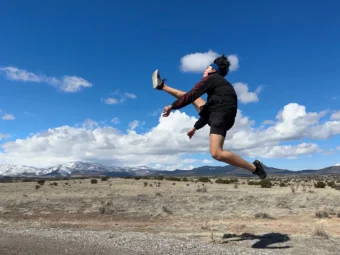
Early Tuesday morning, a group of teenagers from Anchorage, Bethel and Mat-Su gathered in a large room at the Alaska Native Heritage Center. In front of them was a delicate, intricately woven Lingít robe, believed to be around 150 years old.
The robe was recently given to the center but is in such fragile condition that extreme care must be taken anytime it’s handled. Pieces of the fringe, which swooshes when the robe is used in a dance, have already fallen off and are kept in plastic bags with the robe.
Most robes in this condition are laid flat and displayed under glass, but for Lingít weaver Shelly S’eiskaa Laws, that would mean its secrets would remain hidden. “If you’re a weaver, you always want to see the back of whatever you’re looking at, because what it looks like on the front doesn’t necessarily show you everything,” she said. “So for understanding the piece and for educational purposes, you really want to see the back, and that’s hard to do behind the glass.”
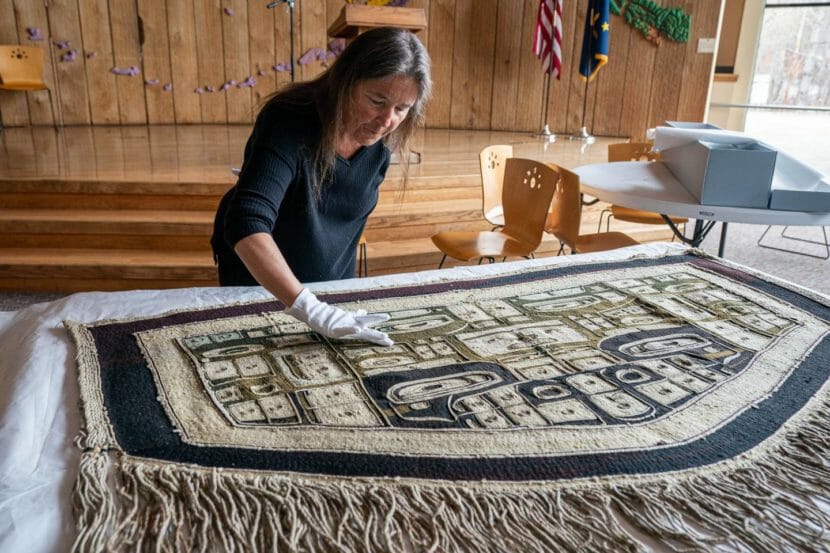
Representatives from Trimble, an industrial technology company, were on hand to scan the robe with a 3D laser scanning system. Data from the scan will be used to create an interactive 3D model that will be displayed next to the robe.
After the scan was complete, the Heritage Center’s curator, Angie Demma, invited the students to examine the robe more closely. They quickly surrounded the table where the scan had taken place to get a closer look.
The high school students are participants in the Naaxein Teaching Partnership, a collaboration between the Alaska Native Heritage Center, the Alaska Native Science & Engineering Program and the Alaska Native Tribal Health Consortium. After the scan, the kids broke into smaller groups to learn more about 3D scanning, modeling and using drones to survey land and buildings.
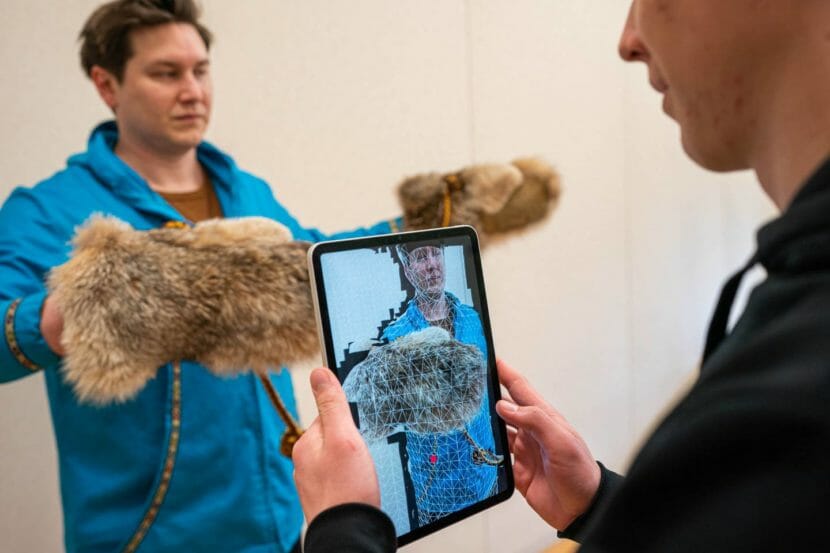
In one room, four kids tried out different apps on an iPad, scanning Iñupiat objects from the Heritage Center’s collection. The 3D models created from the scans will be used in a sequel to the video game Never Alone, which is set in Iñupiat territory.
“Combining culture with technology is exciting for the kids,” said David Beveridge, senior director of environmental health and engineering at the Alaska Native Tribal Health Consortium, which works on building clean water and sanitation projects in rural Alaska.
Later in the week, the students would work with ANTHC to use modeling software to create a 3D computer-aided design model for a water treatment plant.
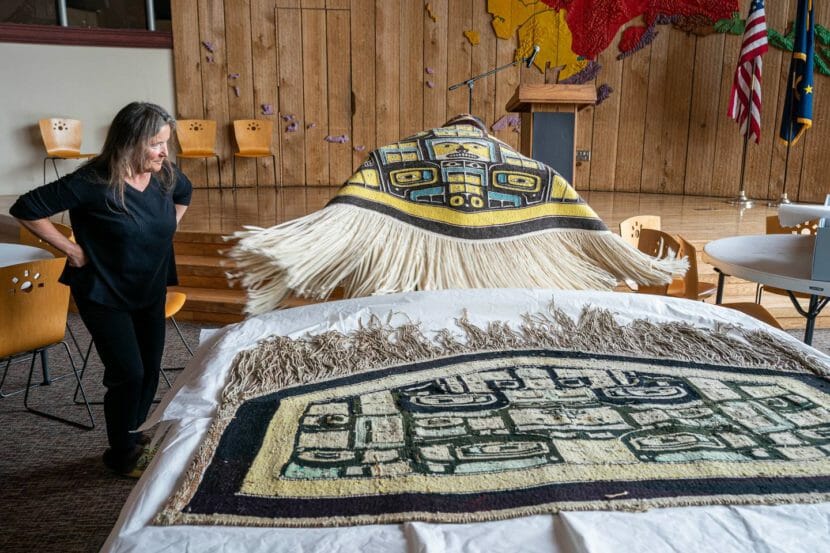
“This gives them an opportunity to practice skills and see the technology used in a cultural setting that will make it much more exciting,” said Beveridge. “These are the tools that they’ll be using in their careers as well.”
“Alaska is in a really good position to receive funding for sanitation through the Infrastructure Investment and Jobs Act,” he said. “The current students that are in this program right now will be the ones that will be designing and constructing the infrastructure that comes along with this once-in-a-lifetime opportunity.”

